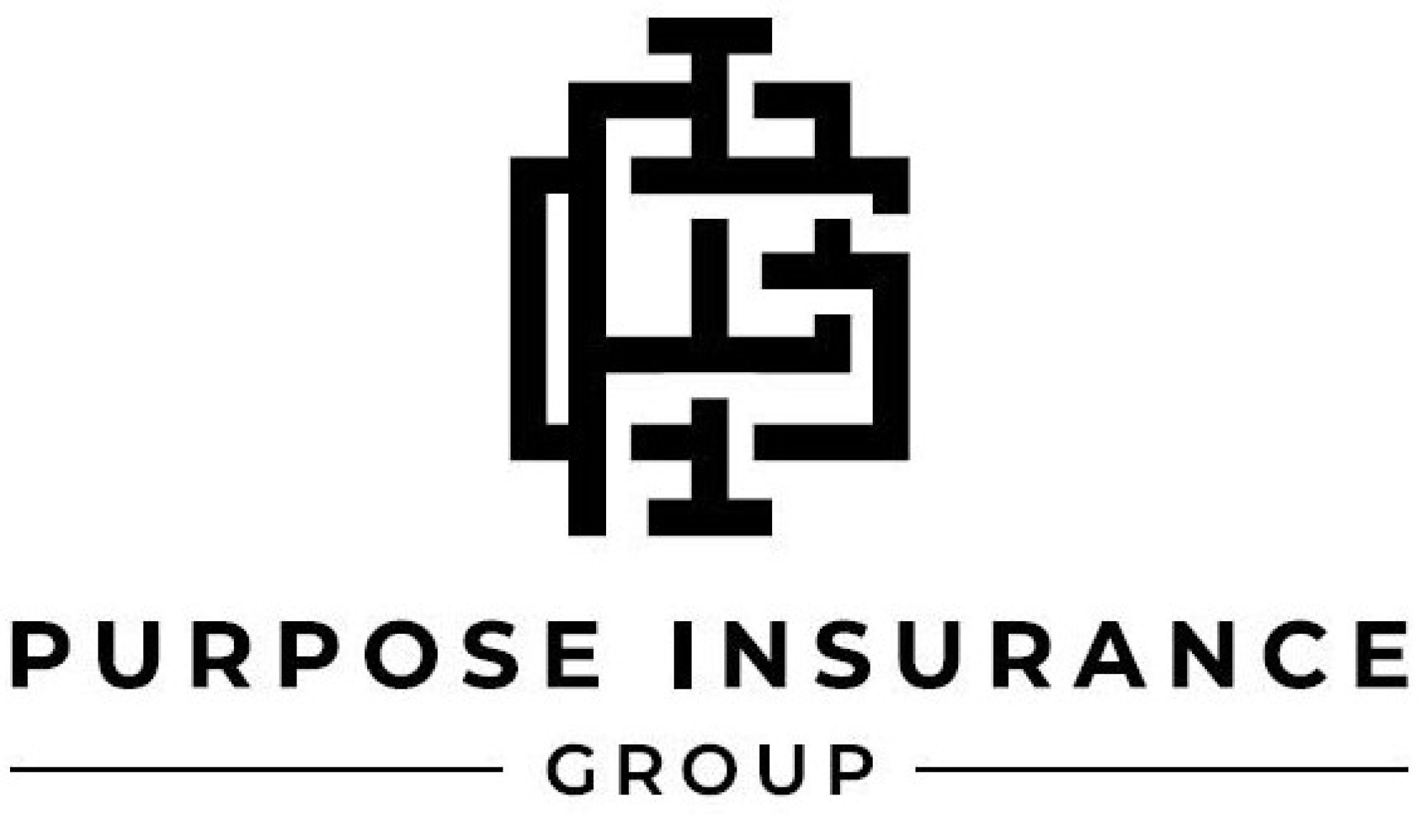The Of Pacific Prime
Wiki Article
What Does Pacific Prime Mean?
Table of ContentsExamine This Report about Pacific PrimeSome Known Details About Pacific Prime The 2-Minute Rule for Pacific Prime4 Easy Facts About Pacific Prime ShownPacific Prime - An Overview

This is since the data were gathered for a duration of strong financial performance. Of the estimated 42 million individuals who were uninsured, almost about 420,000 (concerning 1 percent) were under 65 years of age, the age at which most Americans end up being eligible for Medicare; 32 million were grownups between ages 18 and 65, about 19 percent of all adults in this age; and 10 million were kids under 18 years old, about 13.9 percent of all children (Mills, 2000).
These quotes of the number of individuals without insurance are created from the annual March Supplement to the Current Population Survey (CPS), performed by the Census Bureau. Unless or else kept in mind, nationwide estimates of people without medical insurance and percentages of the populace with various sort of protection are based on the CPS, one of the most commonly made use of source of quotes of insurance coverage and uninsurance rates.
An Unbiased View of Pacific Prime

Still, the CPS is specifically valuable due to the fact that it creates annual price quotes reasonably promptly, reporting the previous year's insurance policy coverage estimates each September, and since it is the basis for a constant set of price quotes for greater than twenty years, enabling analysis of fads in insurance coverage gradually. For these factors, along with the substantial use the CPS in various other research studies of insurance policy coverage that are offered in this record, we rely upon CPS quotes, with constraints noted.

The quote of the number of uninsured individuals expands when a populace's insurance coverage standing is tracked for several years. Over a three-year duration starting early in 1993, 72 million people, 29 percent of the united state population, were without insurance coverage for at the very least one month. Within a single year (1994 ), 53 million people experienced a minimum of a month without insurance coverage (Bennefield, 1998a)
6 out of every ten without insurance grownups are themselves employed. Although working does boost the probability that one and one's household members will have insurance policy, it is not a warranty. Also members of households with two full-time breadwinner have almost a one-in-ten opportunity of being uninsured (9.1 percent without insurance rate) (Hoffman and Pohl, 2000).
The 8-Minute Rule for Pacific Prime
New immigrants represent a significant proportion of individuals without health insurance coverage. One evaluation has attributed a considerable portion of the current growth in the size of the U.S. without insurance populace to immigrants who arrived in the country in between 1994 and 1998 (Camarota and Edwards, 2000). Current immigrants (those who pertained to the United States within the past four years) do have a high price of being without insurance (46 percent), but they and their children represent just 6 percent of those without insurance coverage across the country (Holahan et al., 2001).The partnership in between health insurance and accessibility to care is well developed, as recorded later on in this phase. The connection between health insurance policy and wellness results is neither direct nor straightforward, a substantial scientific and health and wellness services study literary works web links wellness insurance policy protection to enhanced access to care, better quality, and boosted personal and population health status.
Degrees of analysis for examining the results of uninsurance. This conversation of medical insurance coverage focuses primarily on the united state population under age 65 because essentially all Americans 65 and older have Medicare or other public insurance coverage. Moreover, it concentrates specifically on those with no Visit Website medical insurance for any type of size of time.
The Pacific Prime Diaries
The issues encountered by the underinsured remain in some respects comparable to those encountered by the without insurance, although they are normally less extreme. international travel insurance. Uninsurance and underinsurance, nevertheless, include distinctly various plan concerns, and the methods for resolving them might vary. Throughout this research and the 5 records to comply with, the primary emphasis is on individuals without medical insurance and thus no assistance in paying for health and wellness care beyond what is offered with charity and safeguard institutions
Health and wellness insurance coverage is a powerful aspect affecting invoice of care due to the fact that both patients and medical professionals reply to the out-of-pocket price of services - https://pacificprime.godaddysites.com/f/pacific-prime-your-gateway-to-international-health-insurance. Health insurance, nonetheless, is neither necessary nor adequate to get to clinical solutions. However, the independent and direct effect of health insurance policy protection on accessibility to wellness solutions is well developed.
Others will certainly acquire the healthcare they require even without health and wellness insurance coverage, by spending for it out of pocket or seeking it from suppliers who supply treatment complimentary or at highly subsidized prices. For still others, health insurance coverage alone does not guarantee invoice of care as a result of other nonfinancial obstacles, such as an absence of health and wellness treatment companies in their community, restricted accessibility to transportation, illiteracy, or etymological and social differences.
Indicators on Pacific Prime You Should Know
Official research regarding uninsured populaces in the USA dates to the late 1920s and very early 1930s when the Committee on the Expense of Medical Treatment generated a collection of reports about funding medical professional workplace check outs and hospital stays. This concern came to be salient as the numbers of medically indigent climbed during the Great Anxiety.Report this wiki page